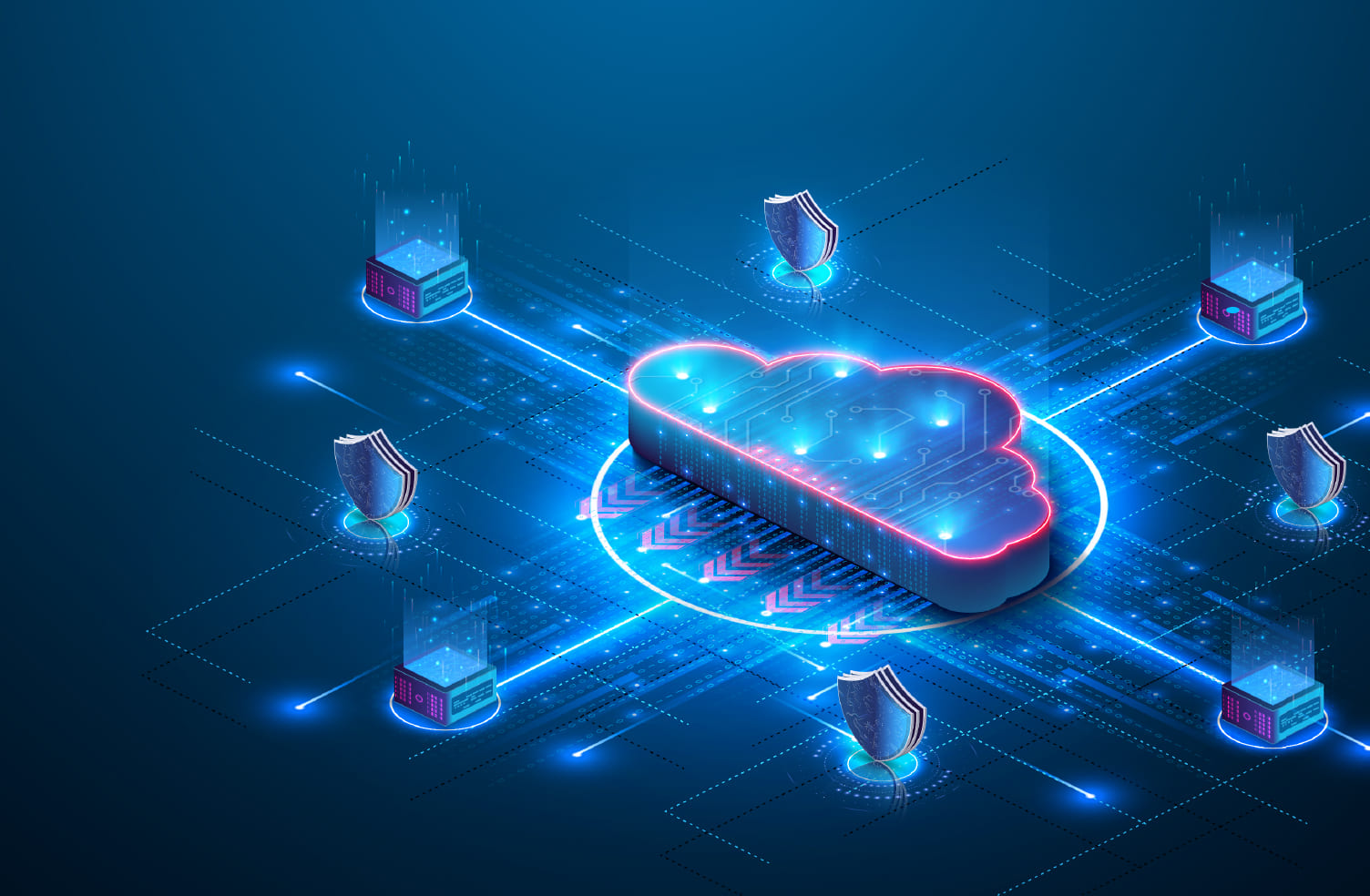
In the world of cloud computing, there is a common misconception that malware cannot infiltrate the cloud. While this form of computing is indeed more secure than older alternatives, it is not immune to the threat of cyberattacks launched by digital criminals. Malware in cloud computing is a growing concern, but learning what this malware is and how to protect your organization from it can save your data.
What is Malware in Cloud Computing?
The concept is not dissimilar to malware you are likely already aware of. Malware in cloud computing is simply malicious software that can be widely distributed throughout a private, public, or hybrid cloud computing environment. The goal of criminals deploying this malware can vary, but the reasons typically are to steal data from businesses, halt operations, or simply cause chaos for chaos’s sake.
Common Types of Malware Impacting the Cloud
Understanding the definition of malware in the cloud and understanding what this malware actually looks like are two different things. There are a number of common types of cyberattacks that take place via the cloud, and knowing what they are can help you keep an eye out for the signs that one may be occurring under your very nose:
1. Injection Attacks
An injection attack occurs when a hacker deploys ransomware through unpatched or unprotected access points to the cloud (hence the name injection). This type of attack is typically performed maliciously in an effort to de-stable the operations of an organization.
2. Phishing Scams
A phishing scam occurs when someone receives a message, such as a text, call, or email, which seems to come from a reliable source. However, the person on the other end who sends it is trying to get the person to click a link that will allow malware to infiltrate their system.
3. Trojan Attacks
Trojan malware attacks are unique in that they present themselves as legitimate software only to reveal the malware later on, which can result in the loss of sensitive data.
4. WiFi Eavesdropping
WiFi eavesdropping occurs when a cybercriminal utilizes public WiFi networks to decode messages flowing through the signals – this attack is the reason it’s never advised to check banking information or log onto sensitive servers using public WiFi.
5. Hypervisor DOS Attacks
This type of DOS attack allows multiple operating systems to run on a single computer at one time, thus overloading the system and causing it to freeze up. This type of attack typically occurs when a cybercriminal is seeking ransom.
While all of the above are common types of malware attacks seen throughout the cloud, they are not the only types of cyberattacks. Educate yourself and your employees on as many types of attacks as possible so that you are aware when one may be occurring.
Protecting Against Cloud Malware 101
Keeping your organization protected from malware may seem daunting, but with the right knowledge, you can greatly reduce your risk of being the victim of such an attack as those above. First and foremost, understand that your employees are both your greatest line of defense and your greatest weakness. Ensure they are educated on the common signs of a cyberattack so that they do not accidentally put company systems at risk. Going further, though, utilize the following additional tips to protect your company data:
- Make use of two-factor authentication to reduce the risk of credentials being stolen
- Encrypt and backup all sensitive data in the event of data loss
- Frequently update your company’s systems to patch any potential holes
- Invest in ransomware protection or IT experts who can keep your systems safe
- Actively monitor traffic on your network to detect a threat before it gets worse
Keep Your Organization Safe From Cybercriminals
No business wants to find themselves needing to close up shop for a little bit due to malware that infiltrated the systems. However, cybercriminals have grown increasingly crafty over the years, which means you need to be equally crafty to protect your organization. To that end, if your business is located in the Columbus, Akron, or Cleveland areas and needs help developing an effective IT deployment and protection strategy, don’t hesitate to reach out to us at Warwick Communications as soon as possible.




